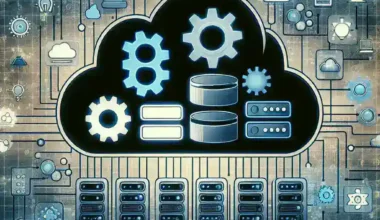Introduction
The digital landscape is continuously evolving, and with it, the monetization strategies for online content. One of the most talked-about innovations in recent years has been Google’s micropayment system. This article explores how this initiative aims to support publishers, enhance user experience, and reshape content consumption.
Understanding Micropayments
Micropayments refer to small financial transactions, typically involving amounts less than a dollar. Traditionally, these payments have been challenging to implement due to high transaction fees and the consumer’s reluctance to pay for individual pieces of content. However, advancements in technology and payment processing have led to a renewed interest in micropayments as a viable monetization model.
The Rise of Google Micropayments
Google’s micropayment system was launched in response to the growing challenges faced by publishers due to declining ad revenues and the prevalence of ad-blocking software. By offering a streamlined way for users to pay for content, Google aims to provide a sustainable revenue model for publishers while delivering a better experience for readers who wish to access high-quality journalism and in-depth content.
Historical Context
Before the introduction of micropayments, many publishers relied on advertising as their primary revenue stream. This approach, while effective for a time, has become increasingly problematic. The rise of ad blockers and changing consumer preferences towards content consumption has necessitated a shift in strategy. The introduction of micropayments represents an effort to adapt to this changing landscape.
The Mechanism of Google Micropayments
Google’s micropayment system operates on the principle of allowing users to pay for content on a per-article basis. Here’s how it works:
- User Engagement: Users encounter articles or content that piques their interest.
- Payment Prompt: Upon attempting to access the content, users are presented with a payment prompt for a nominal fee.
- Transaction Processing: Payments are processed through Google’s payment system, minimizing friction.
- Content Access: Once the payment is made, users can immediately access the content.
Benefits for Publishers
Google’s micropayment system offers numerous advantages to publishers:
- Increased Revenue: Publishers can generate income from individual articles, reducing reliance on ad revenue.
- Consumer Insights: Tracking payment patterns can provide valuable insights into consumer preferences and behaviors.
- Enhanced Content Quality: With a more sustainable revenue model, publishers can focus on creating high-quality, in-depth content.
Challenges and Considerations
Despite its benefits, the micropayment system is not without challenges:
- User Reluctance: Many users may be hesitant to pay for individual articles, especially if they are accustomed to free content.
- Transaction Fees: Although Google aims to minimize fees, any cost associated with micropayments may deter users.
- Market Penetration: The success of the system heavily relies on widespread adoption among both publishers and consumers.
Future Predictions
As the digital content landscape continues to shift, several predictions can be made about the future of Google micropayments:
- Wider Adoption: If successful, more publishers will likely adopt the micropayment model, diversifying revenue streams.
- Innovative Pricing Models: Publishers may experiment with subscription tiers combined with micropayments.
- User Education: Increased emphasis on educating consumers about the value of quality content could help generate greater acceptance of micropayments.
Real-Life Examples
Several publications have begun integrating micropayment systems into their business models:
- Example A: A prominent news outlet tests a pay-per-article model where users can purchase access to premium articles.
- Example B: An independent blog utilizes micropayments to fund investigative journalism, showcasing the potential for niche markets.
Cultural Relevance
In an age where information is ubiquitous, the cultural relevance of content monetization cannot be overstated. Google micropayments not only promote the creation of valuable content but also foster an environment where consumers can directly support the creators they value.
Conclusion
Google’s micropayment initiative represents a significant step towards redefining how online content is consumed and monetized. By enabling users to pay for individual pieces of content, publishers can create sustainable revenue models that prioritize quality journalism and enhance user experience. As this trend unfolds, it will be essential for stakeholders in the digital landscape to embrace these changes and adapt to the evolving needs of consumers and content creators alike.
Final Thoughts
As we look to the future, the success of Google’s micropayments will largely depend on user acceptance and the ability of publishers to effectively communicate the value of their content. With an increasing number of consumers seeking high-quality information, the potential for micropayments to reshape the content landscape is immense.






